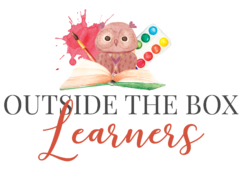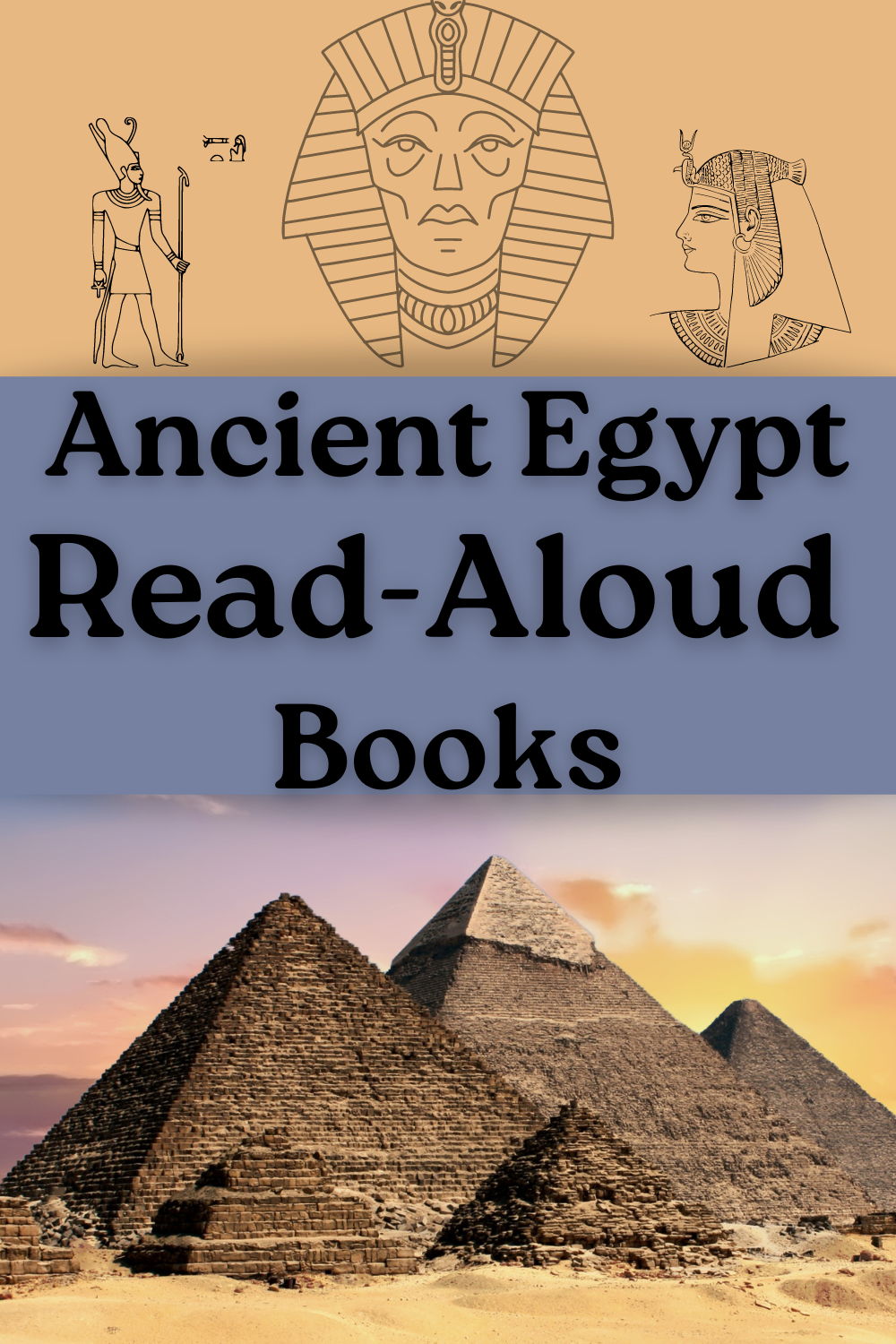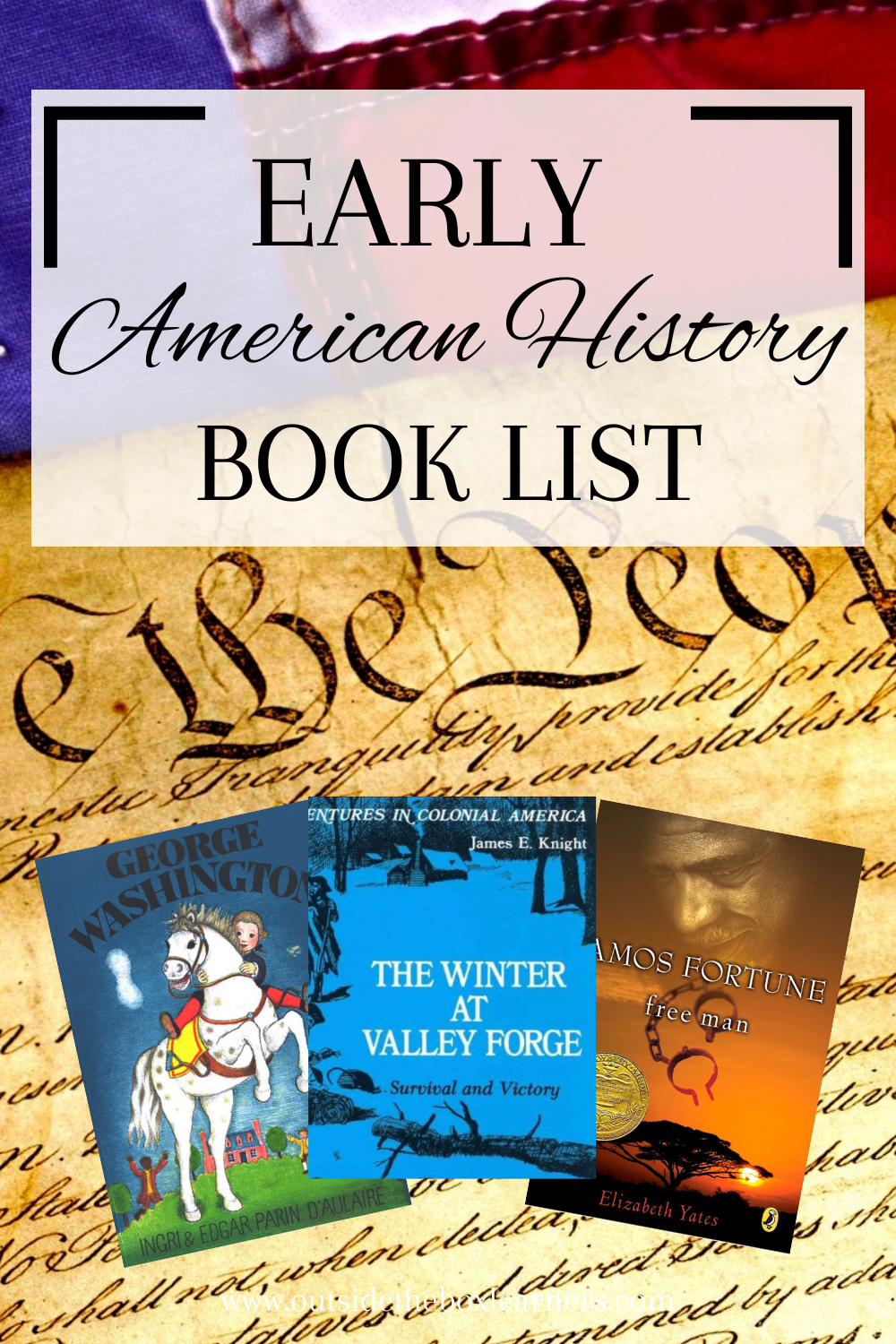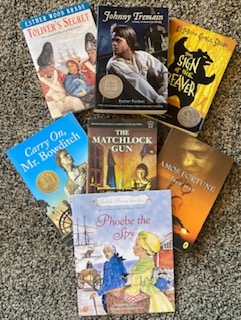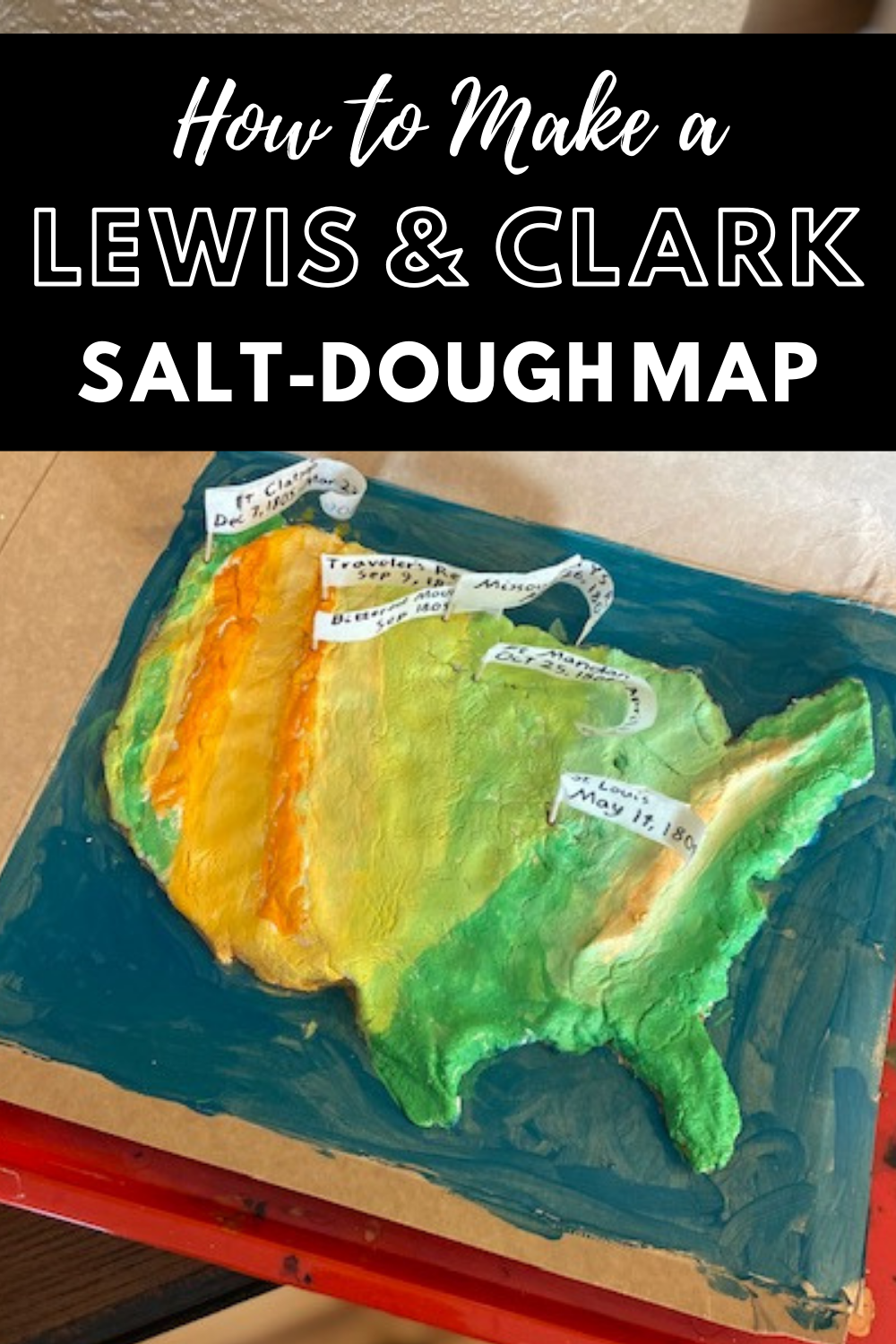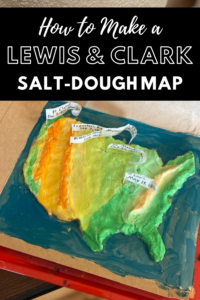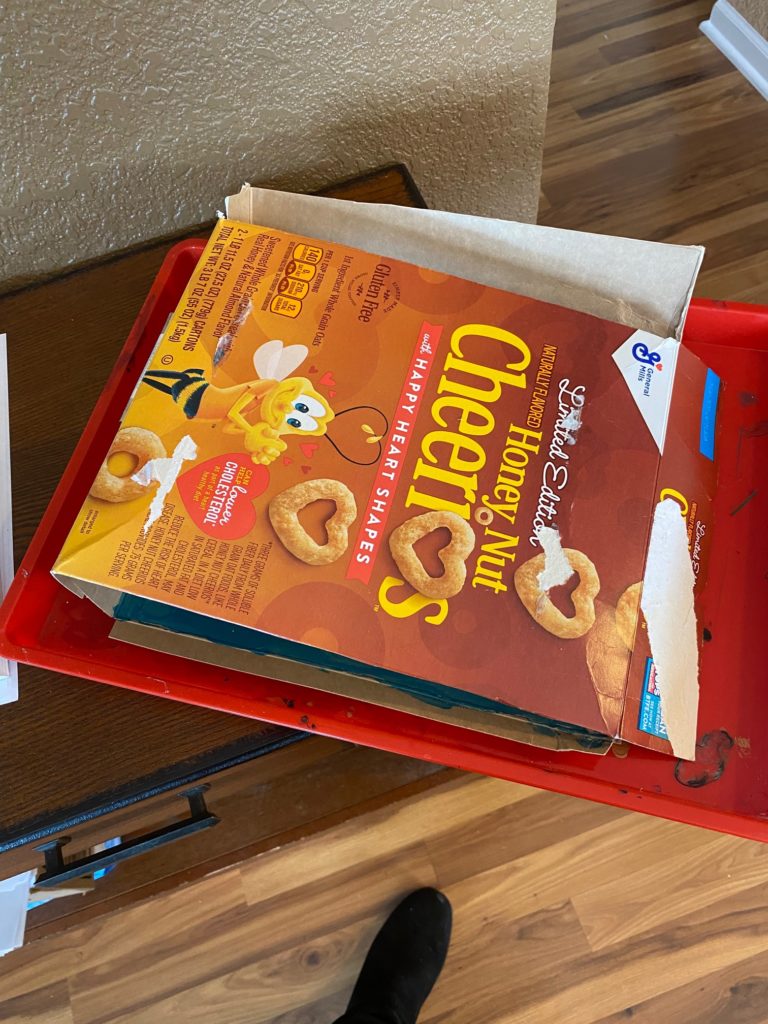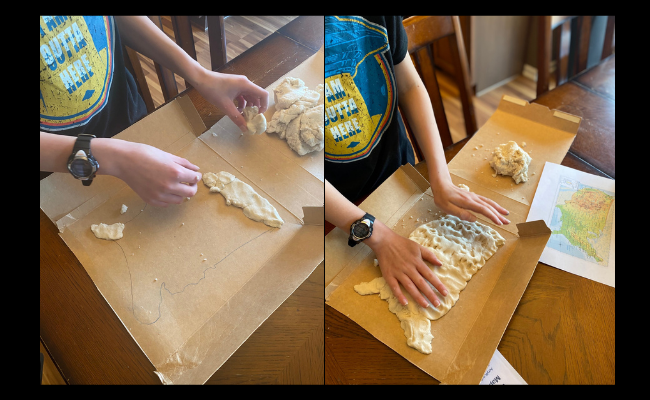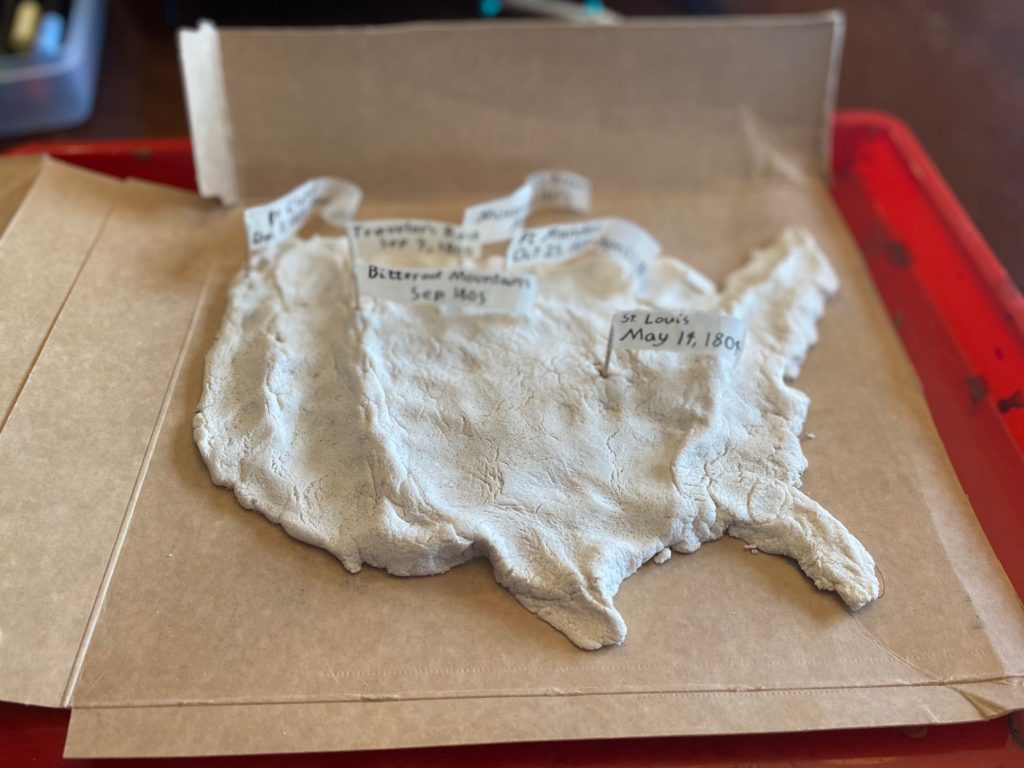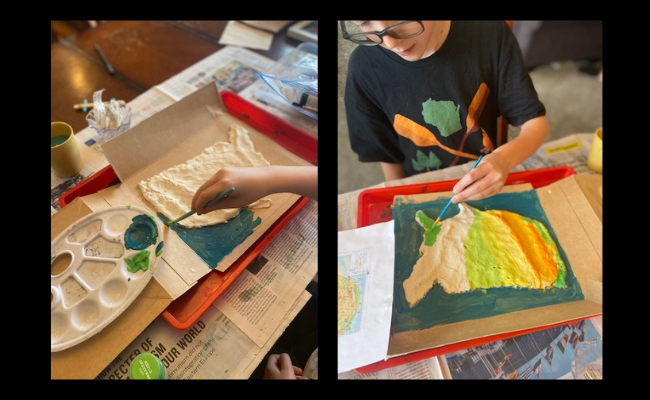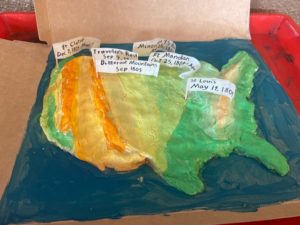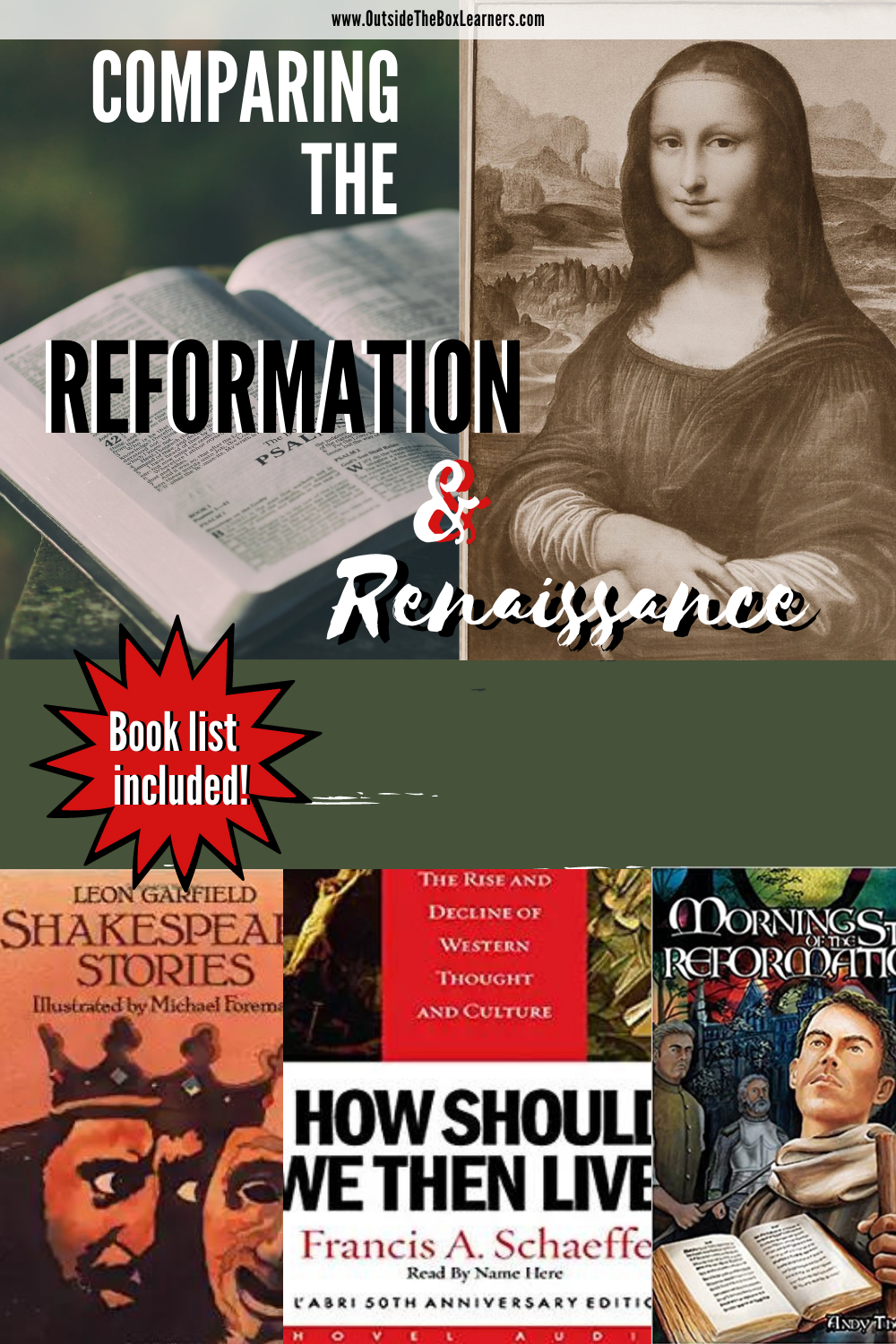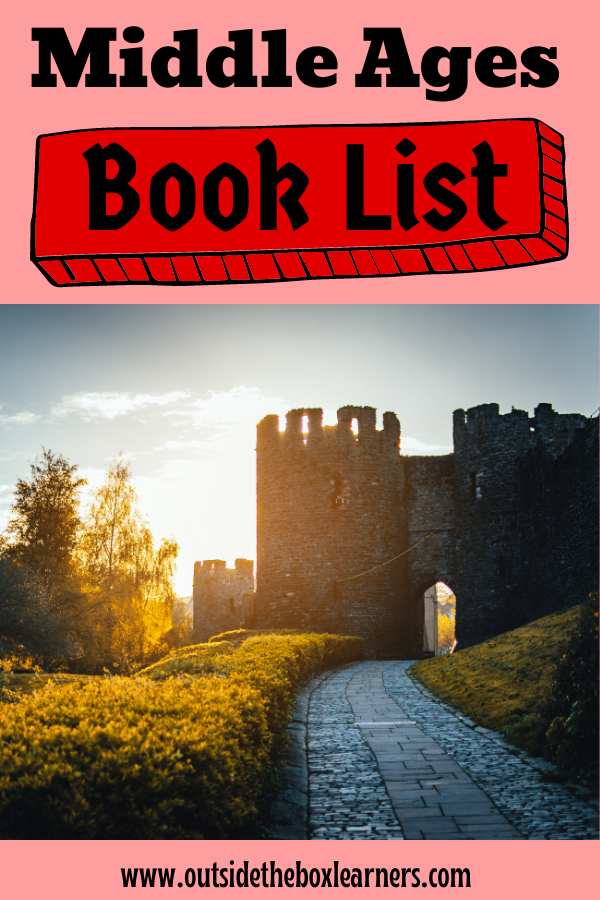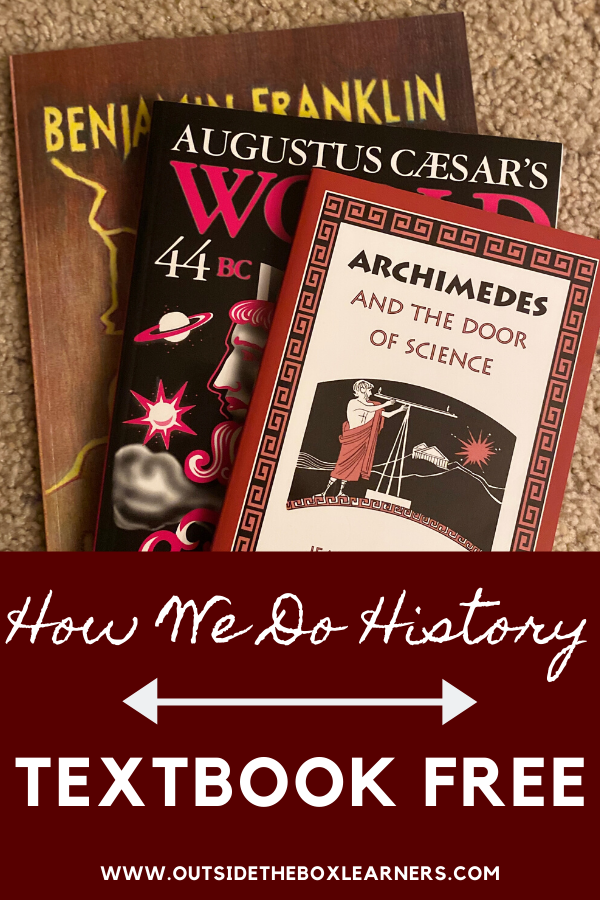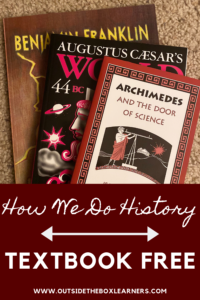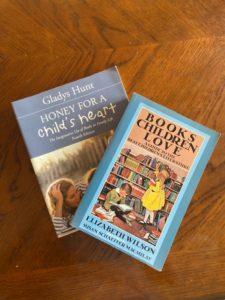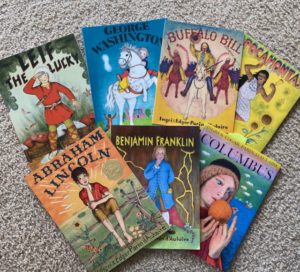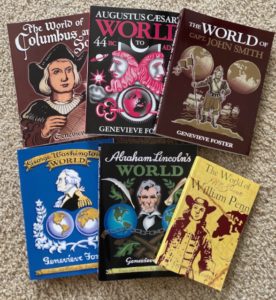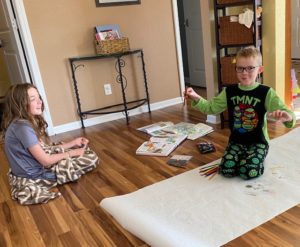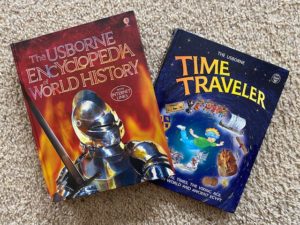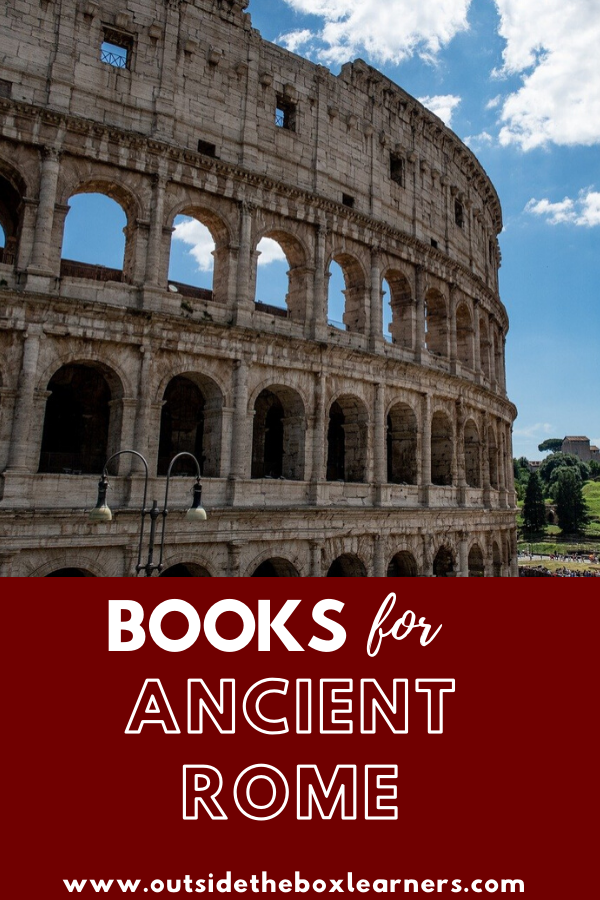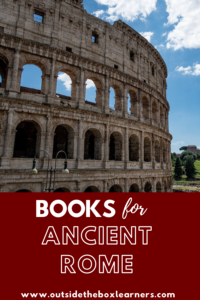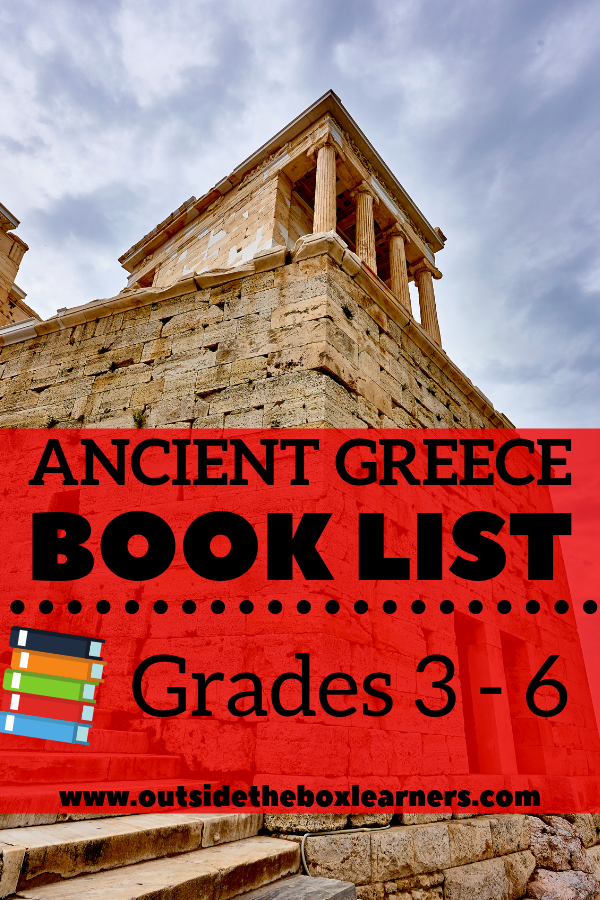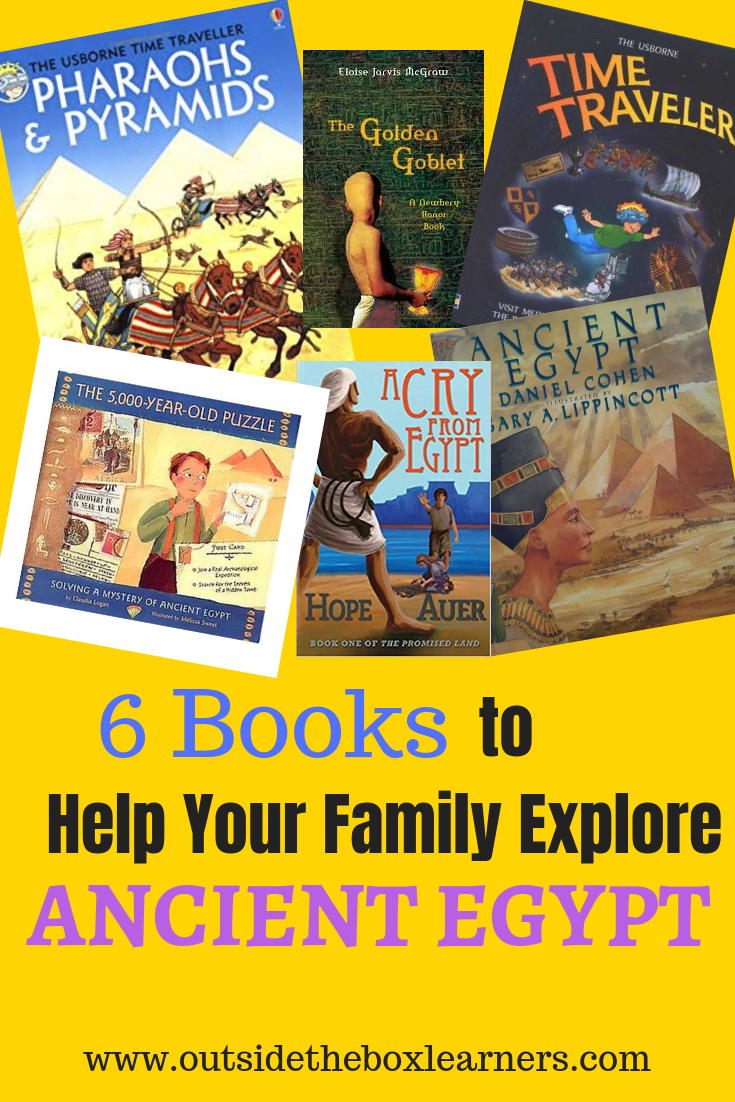The Middle Ages span the years from (roughly) 500-1400 AD. It’s the millennium that bridges ancient history with modern history.
The Middle Ages were characterized by everything from lack of literacy (only a small percentage of people could read or write) to the building of the most magnificent cathedrals and castles, to the writing of the Magna Carta (which initiated the idea that everyone needed to yield to the law, even the king.)
Here is a list of books we read to learn about the Middle Ages, and a few extra that we hope to read the next time around (we do history in cycles, so we will be circling back to the Middle Ages in a few years!)
This blog post contains affiliate links and any purchases made through such links will result in a small commission for me (at no extra cost to you).
Reference Books
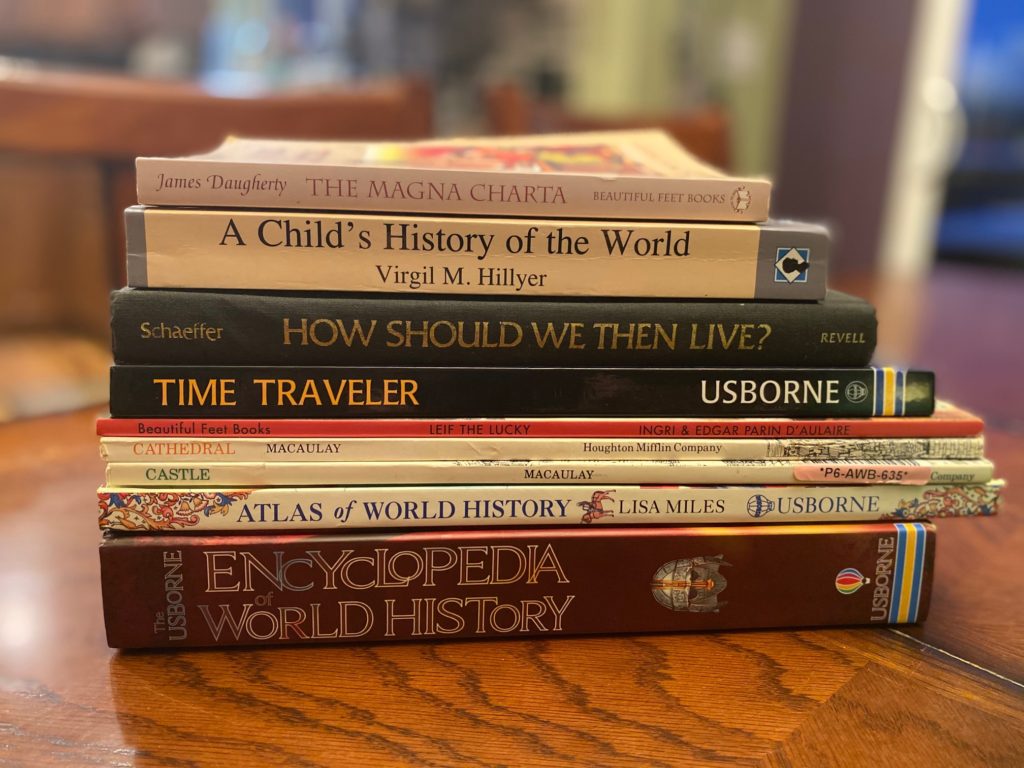
The Magna Charta by James Daugherty- Written in a narrative style, this book is jam-packed with information about the Magna Carta, a historic document that influenced government moving forward. My history lover enjoyed this one! However, t’s a bit of a dry read (for a non-history lover.) Good for ages 10+.
A Child’s History of the World by Hillyer. A great overview of history.
How Should We Then Live? by Francis Schaeffer – This is not specific to the Middle Ages, but includes one chapter devoted to the Middle Ages and I highly recommend reading this book alongside studying history with your kids to give you a better foundation of the history of Western Culture. If you want a broad picture of history from a Christian worldview, this is THE book to read. It starts with Ancient Rome and moves on to the Middle Ages, Renaissance, Reformation, and beyond. Considering the times we are living in, I think this book is more relevant than ever.
Time Traveler Usborne (this is a family fave!)
Leif the Lucky by Ingri & Edgar D’aulaire – Leif, a Viking who lived in the 900’s , was a Norse explorer (his family was known for settling Greenland.) Exploring was more of a characteristic of the Renaissance but because his life fell during the time of the Middle Ages, I’ve placed this book here. Great illustrations and good for younger kids.
Castle and Cathedral – both by David Macaulay
Atlas of World History Also, Usborne!
Usborne Encyclopedia of World History
Look Inside a Castle (Usborne Look Inside) For younger children (not pictured)
Literature:
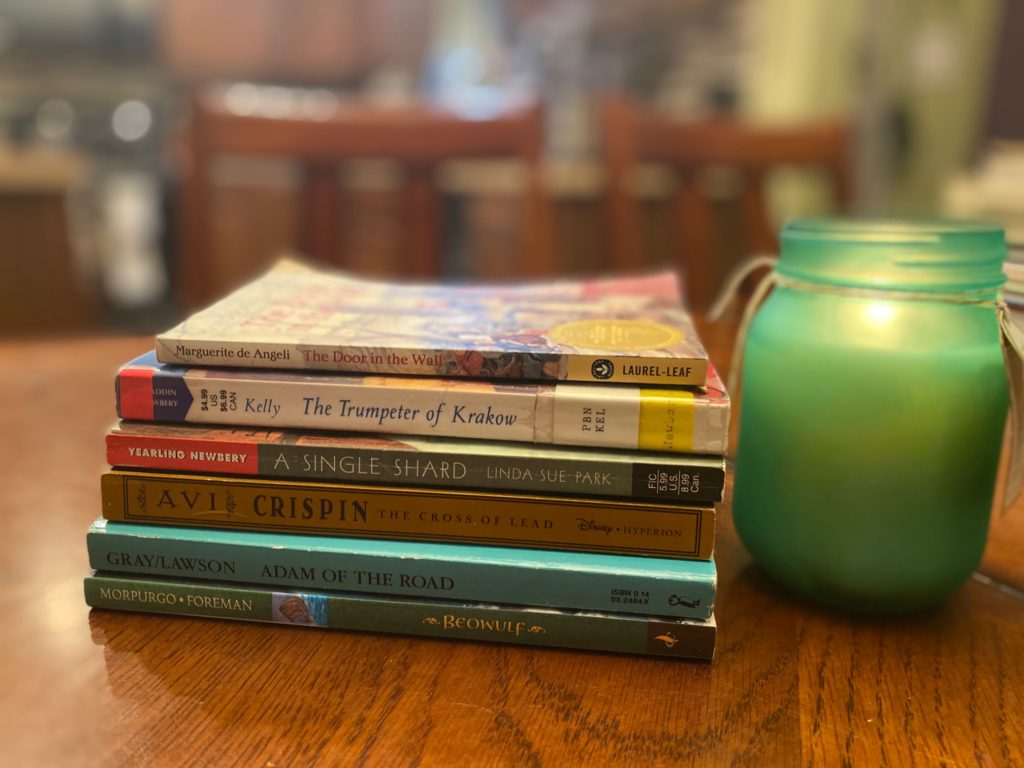
Door in the Wall by Marguerite de Angeli – A short novel about a boy who is sent away to become a knight, but he loses use of his legs and therefore dream is squashed. A story of bravery and character.
Trumpeter of Krakow by Eric P. Kelly – This takes place near the end of the middle ages in Poland. It was a captivating historical fiction story of a famiy who has a great treasure and must keep it hidden for the safety of everyone. It gets into the wrong hands and things take a wild turn. Gives a good depiction of the danger of living during this time.
A Single Shard by Linda Sue Park- My daughter read this on her own but enjoyed it. Takes place in 12th century Korea.
Crispin: Cross of Lead by Avi – Another book my daughter read on her own.
Adam of the Road by Elizabeth Janet Gray- Newberry Honor Book. Set in 13th century England, this book follows the adventures of a young minstrel boy, Adam. This book stays true to 13th century England.
Beowulf by Michael Morpurgo- An easier take on the classic. This was perfect for a first run-through of the story. We highly enjoyed this read.
The Whipping Boy by Sid Fleischman (not in picture) – An easy read that will captivate your young learner. Highly fictitious, but fun and still gives a feel for what the middle ages were like.
Books for Next Time Around
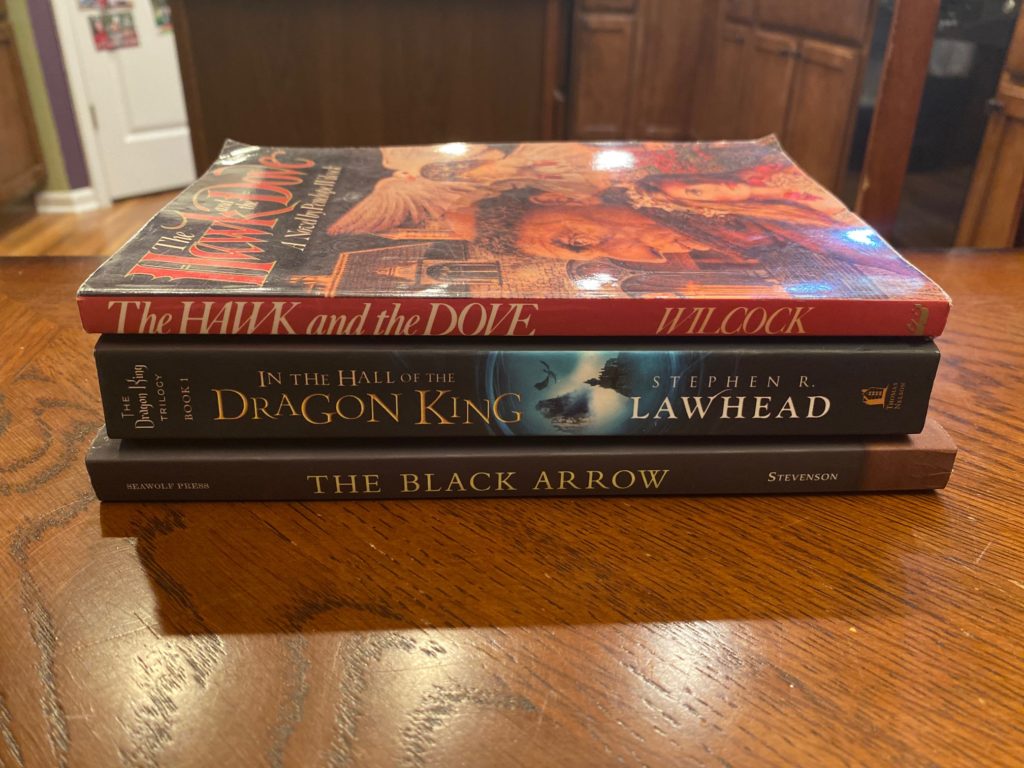
Hawk and Dove Trilogy by Penelope Wilcock
Pendragon Trilogy by Stephen Lawhead- We tried the first book of this trilogy as an audio read-aloud, and while my husband and daughter enjoyed it, it was too intense for my 10-year-old, so I recommend it for older readers.
The Black Arrow by Robert Louis Stevenson
Middle Ages Chalk Pastel Art
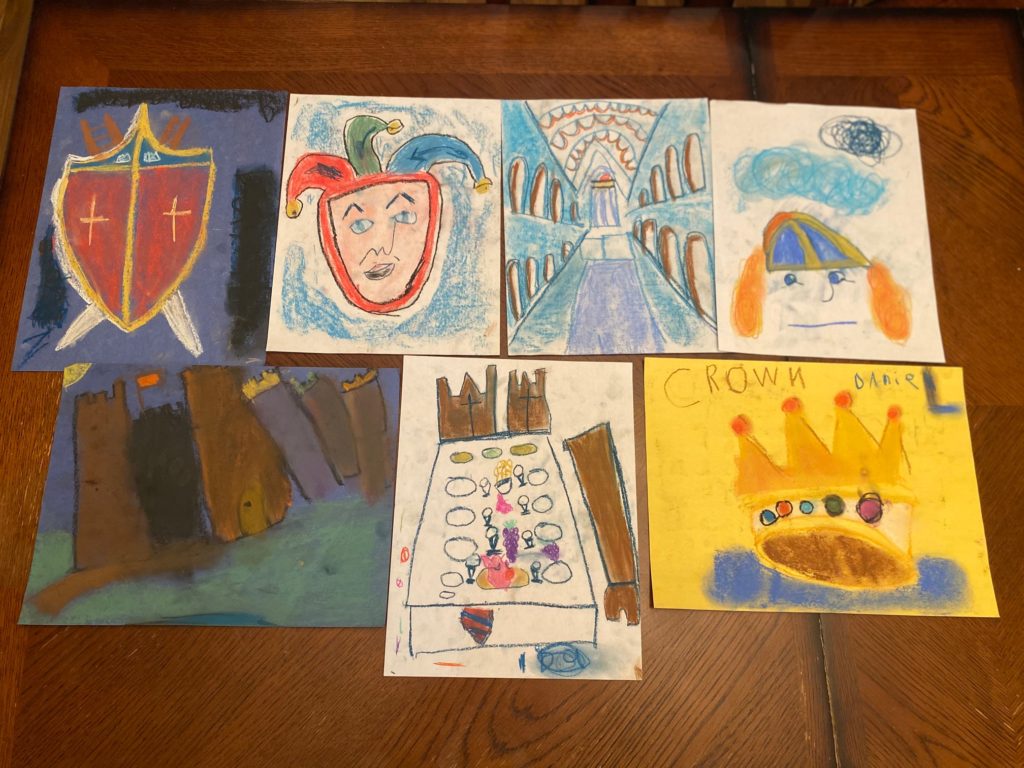
My youngest, age 6, enjoyed doing medieval chalk pastel art as his primary way of learning about this time period (there may be one or two Renaissance time period pictures in there too!) He is definitely a kiddo who learns through activity and this was a great way for him to learn about the Middle Ages in an age-appropriate way.
Check out my other history book lists!
Ancient Egypt
Ancient Greece
Ancient Rome
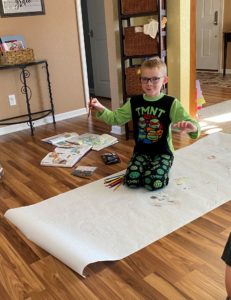
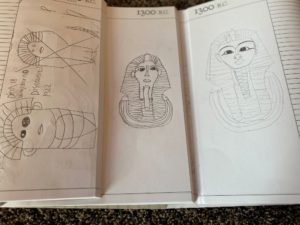

Unwrapping the Pharaohs: How Egyptian Archaeology Confirms the Biblical Timeline
